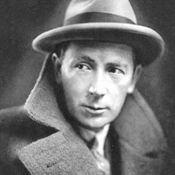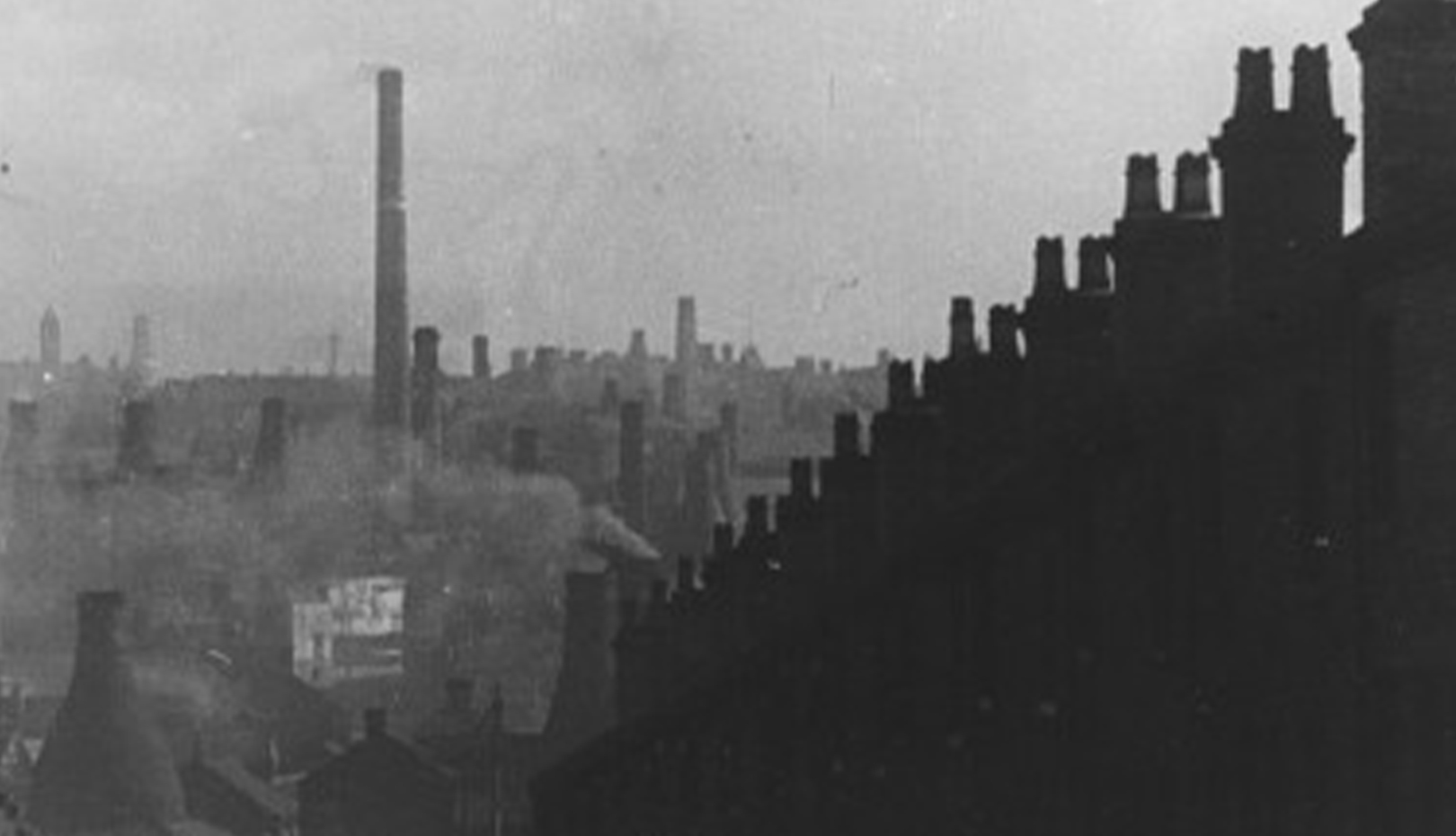Industrial Britain
Robert J. FLAHERTY
- UK, USA
- 1931
- 22min
- 12 +
- mp4
- black and white
Synopsis
While in Europe attempting to slink into the Soviet Union to make a film, Flaherty was approached by London’s Empire Marketing Board Film Unit to document craftsmanship within industrial Britain with his famously observant and respectful eye. EMB's head John Grierson—who actually coined the term “documentary” in his review of Moana—was forced to intervene when Flaherty quickly exceeded his government-allotted time and budget, feeling his way into the subject by filming 'experiments.' Flaherty and Grierson's mutual exasperation aside, the finished film transcends its propagandistic purpose and unveils a reverent ode to the ancient traditions of skilled craft and labor. Graceful, expressive images of workers weaving cloth, harvesting grain and making baskets give way to glass-blowing and pottery-making, then pouring metal, engineering airplane motors and disappearing into dark coal mines. “Behind the smoke, beautiful things are being made,” states the narrator as human and machine function together in dignified harmony beneath Flaherty’s earnest light.
Review
A short documentary commissioned from Robert Flaherty by John Grierson, head of the British Board of Trade's Film Department. The idea was to use a renowned filmmaker and anthropologist to create a film to promote the excellence of British industry. The result is an elegant report that inter-cuts landscapes and workers in a variety of industries, from agriculture and textiles to mining and steel pottery and glass. Flaherty's attitude toward human beings struggling for survival but still retaining their dignity is evident in his view of modern industrial civilization.
Director
-

Robert J. FLAHERTY
Between Robert J. Flaherty’s major feature-length films, Nanook of the North (1922), Moana (1926), Man of Aran (1934), and Louisiana Story (1948), he made several smaller ones outside the epic man-against-nature format. More than 50 years after his death, Flaherty’s name still stands out among the most celebrated in motion picture history.
